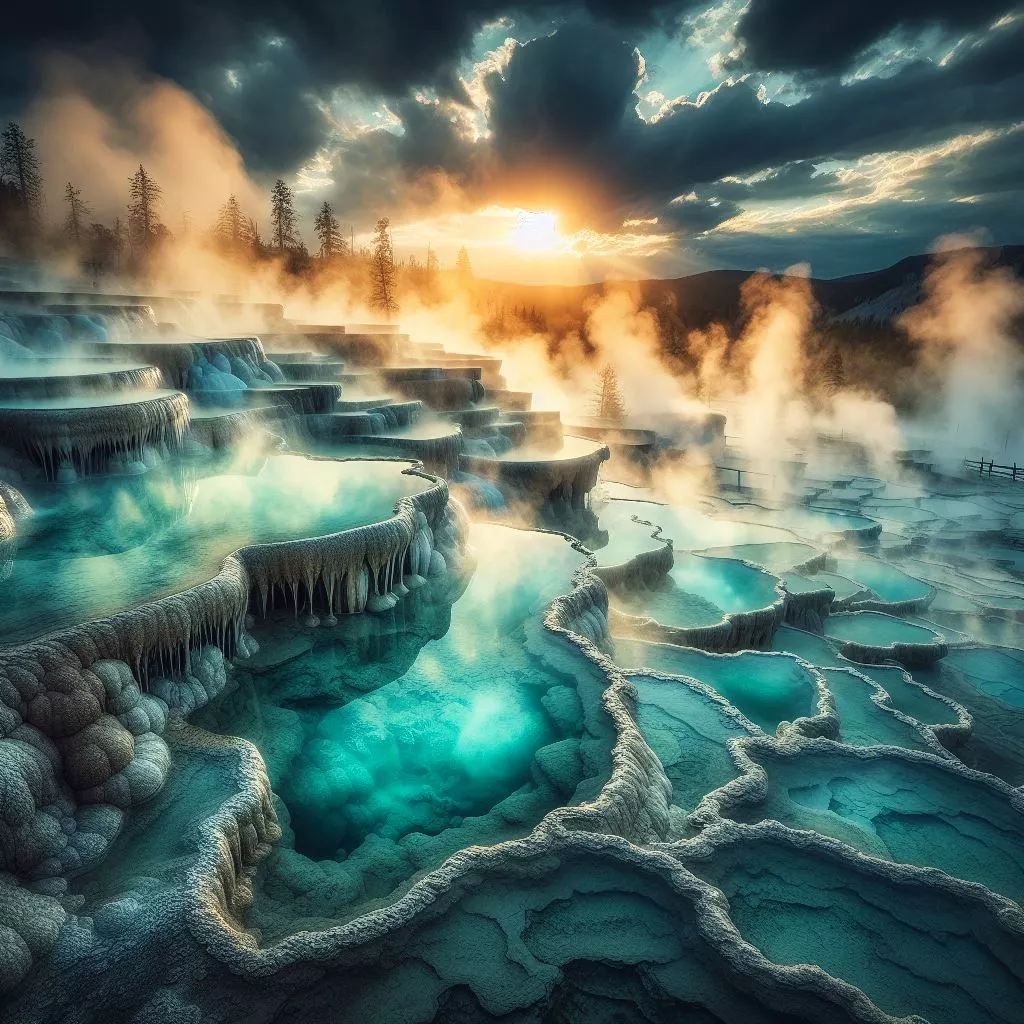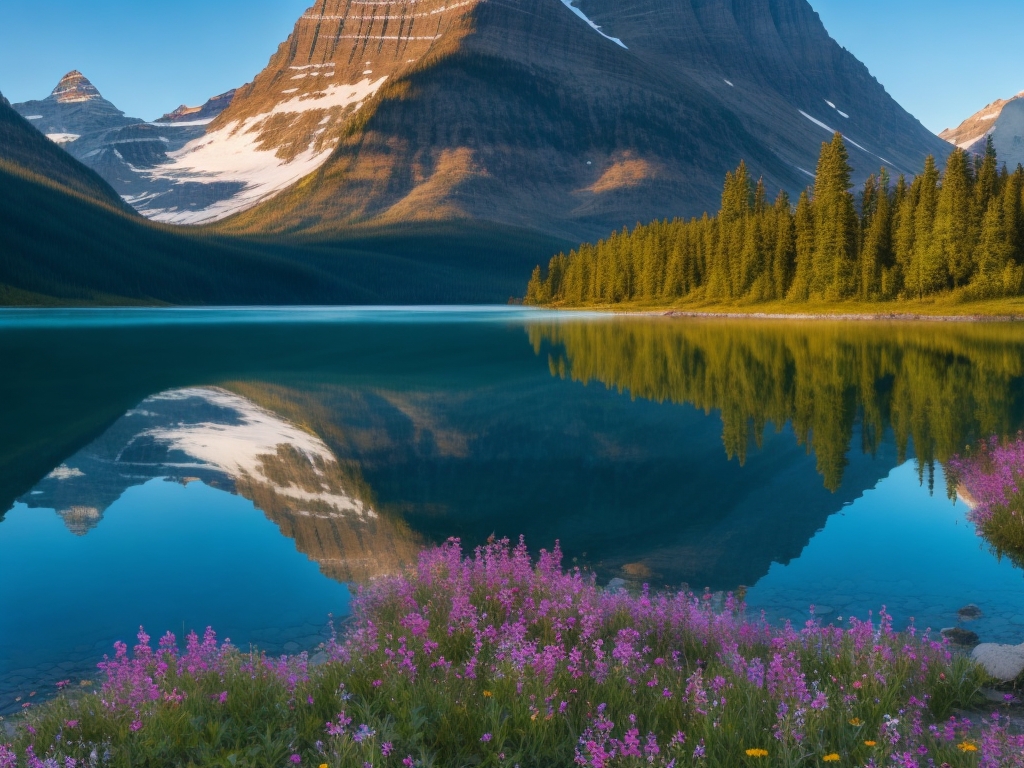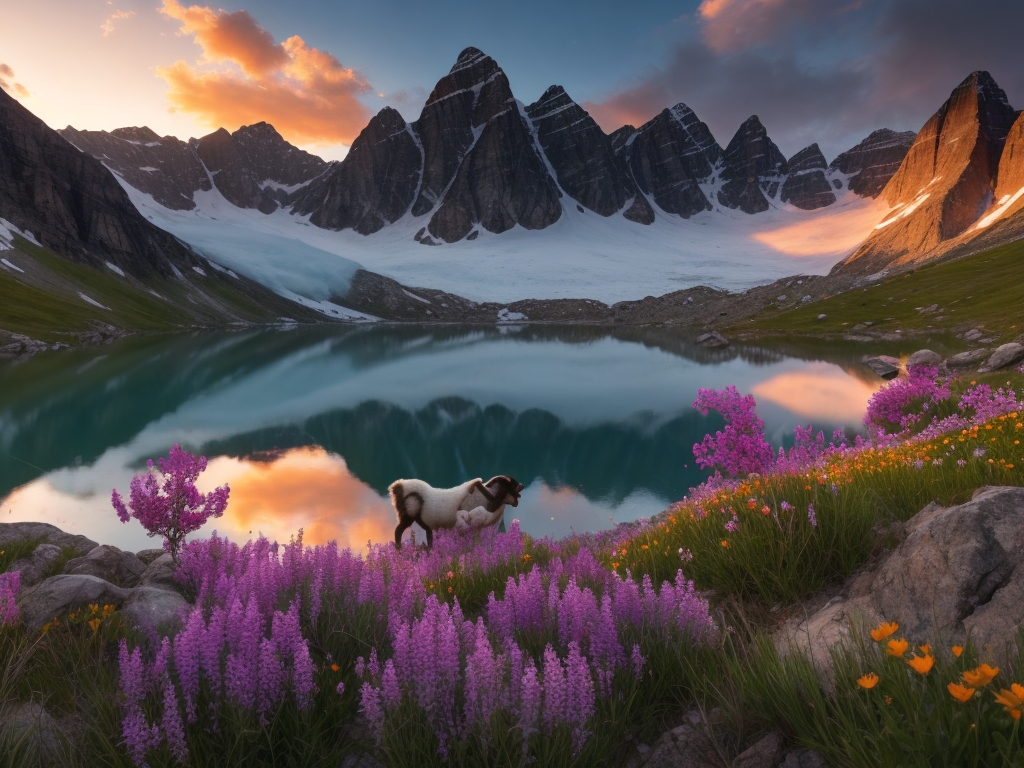Tucked away in the Ouachita Mountains of Arkansas lies a truly unique park filled with natural wonders – Hot Springs National Park. This smallest and oldest national park has a fascinating history and landscape. Read on to uncover some of the coolest tidbits and fun facts about Hot Springs National Park!
A Long History of Healing Waters
Human affinity for the hot springs found here goes back over 8,000 years to indigenous tribes who considered the waters to have sacred healing properties. Various Native American tribes like the Caddo, Choctaw, and Quapaw visited the springs regularly in search of physical and spiritual healing. They saw the area’s steaming water and vibrant landscapes as a sign of strong spiritual forces and incorporated rituals, symbols, and stories of the springs into their creation legends.
Spanish and French settlers picked up on these native legends later on. In 1541, Hernando de Soto was guided to the springs by Native Americans, making him one of the first Europeans to visit. As word spread in the 19th century about the springs’ purported health benefits, Hot Springs developed into a popular spa town. In 1832, President Andrew Jackson protected land around the most popular springs as the nation’s first federal reservation to regulate use and preserve the springs.
Conservation Success Story
Thanks to early conservation efforts to protect the springs from overuse, Hot Springs Reserve was created in 1832 – decades before Yellowstone National Park! After many years of disputes between residents wanting to develop the area for recreational use and the federal government trying to strictly conserve the springs, full national park status was finally achieved in 1921 when Hot Springs National Park was formed. Talk about some of the earliest inspiration for the national park system!
How the Hot Springs Emerged
What makes these springs so hot? A fascinating geological shift millions of years ago made the springs possible when the North American and African plates collided, thrusting the Ouachita Mountains up. This extreme subterranean pressure forced heat as well as natural gases from magma chambers 4-8 miles underground right underneath Hot Springs’ location. Over hundreds of thousands of years, cracks in the rock funneled hot mineral-rich water up to the surface, forming the famous hot springs along the ancient thermal fault line. This water then cools as it hits the surface, releasing steam into the air that became an iconic sight in the valley.
Unique Mineral Content
One trademark of the Hot Springs’ waters is their rich mineral content. As the springs’ water travels from deep underground, it picks up high concentrations of minerals like lithium, potassium, magnesium, calcium, silica, iron, and over a dozen more elements. This gives each of the park’s springs a unique mineral profile and concentration. When the mineral-rich waters emerge, the minerals solidify and crystallize on nearby surfaces at different rates as the water cools.
This high mineral content is what’s believed to provide soothing and restorative benefits for those soaking in and drinking the hot springs’ waters. Bathing in the warm pools allow minerals like lithium and magnesium to be absorbed through the skin. Meanwhile, specialized spas used to bottle and sell the springs’ water as an internal tonic to customers seeking various health effects. With dozens of flowing springs and a long history of resorts utilizing the waters, there’s been no shortage of access for people to experience the purported perks of Hot Springs’ mineral-rich waters!
Extreme Biodiversity
Tucked into the park’s narrow valley alongside the springs lies a surprising diversity of ecosystems. The park manages to pack in habitats ranging from rocky hillsides to cypress swamps within its compact boundaries along the thermal basin. This blend allows the park to support everything from prickly pear cacti to American alligators – a distinctly split personality!
On one side, the park’s dry, exposed northern slopes and ridges support more drought-tolerant vegetation like yucca, oak, and grasses. Meanwhile, lush wetland communities thrive around thermal spring runoff, harboring bald cypress, willow trees, and aquatic plants. Diverse animals from deer to snakes inhabit the park’s varied mini-biomes. Hundreds of bird species also pause at Hot Springs during migrations given its prime location. This remarkable diversity shows that abundant life can flourish if the right natural resources exist, as the park’s springs have enabled.
Restoring Rare Species
Some threatened species have gotten a second chance thanks to conservation efforts within Hot Springs National Park. For example, elk were successfully reintroduced to the park’s forests and grasslands in 2016 after being eliminated from Arkansas decades ago due to overhunting and habitat loss statewide. A small herd now roams the park again.
Additionally, work is underway to support the return of endangered red-cockaded woodpeckers to the park’s pines through controlled burns and artificial nest cavities. Several pairs have been spotted investigating potential nest sites. If successful breeding occurs, Hot Springs could significantly aid the recovery of this rare woodpecker.
Thanks to careful resource management, this tiny park is able to facilitate the revival of cast-out species that now have a safe space to rebuild their numbers. It highlights the value protected public lands provide in being able to endemic species.
Soaking in History Along Bathhouse Row
As word spread in the late 1800s about Hot Springs’ believed healing properties, grand bathhouses and resorts popped up to let visitors “take the waters.” Bathhouse Row along the park’s Central Avenue contains a collection of meticulously preserved bathhouses now on the National Register of Historic Places that offer a window into Hot Springs’ glamorous spa era:
The Buckstaff Bathhouse is one of the few where you can still experience traditional bathing rituals. The expert attendants offer everything from therapeutic showers to sitz baths using the springs’ mineral-rich waters. Quapaw Baths & Spa also incorporates spring water into its modern spa services menu in a nod to ancient bathing traditions utilizing the area’s natural bounty.
For sightseeing, the 1915 Fordyce Bathhouse operates as the park’s visitor center and museum. The fully-restored interior showcases stained glass windows, white marble floors, and glitzy chandeliers reminiscent of bygone Victorian elegance. Make sure to pop in to get a glimpse into what Hot Springs’ bathhouses were like in their prime!
With their magnificent facades still intact after over a hundred years in operation, Bathhouse Row remains the greatest place to soak in Hot Springs National Park’s history as a renowned resort destination centered around its famous springs.
Wild Side of the Smallest National Park
At just 5,500 acres, Hot Springs National Park proves you don’t need vast wilderness to contain impressive biodiversity. The park manages to pack in habitats ranging from bayous to rocky bluffs within a compact area. There is no shortage of places to explore across Hot Springs’ varied landscapes:
From wildlife viewing around the Gulpha Gorge campground to hiking up Hot Springs’ highest peak, you are guaranteed scenic vantage points galore. Don’t miss soaking in the commanding views at the Goat Rock Trail overlook atop Hot Springs Mountain while tackling this strenuous hike.
Over 20 miles of trails traverse the park ranging from easy nature paths like the Promenade Trail to rigorous climbs like the Sunset Trail. You can traverse rocky ridges, thermal spring runs thick with vegetation, and stands of pines on various park paths. One could hike Hot Springs’ diverse routes for weeks without covering all the unique terrain within its borders!
For water lovers, renting kayaks and canoes to paddle across Lake Hamilton affords views of the park from a different vantage surrounded by rolling forested slopes that are brilliant in fall. So take advantage of the chance to sample a vibrant landscape in under 6,000 acres!
From its unique hydrothermal features sustaining unusual biodiversity to well-preserved bathhouses echoing opulent eras past, Hot Springs National Park certainly packs a lot of intrigue into a small space! Hopefully these inside tidbits gave you a new appreciation for the many wonders found at Hot Springs National Park. Its blend of fascinating geology, rich history, and beautiful landscapes make it one of the most unique parks in America’s roster. Discover even more remarkable features when you go soak in this special park yourself!




